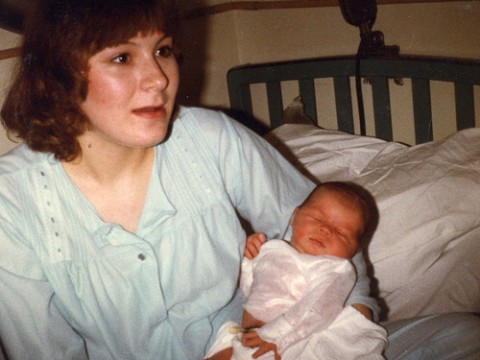What is a VBAC Exactly?
A VBAC is a vaginal birth after cesarean or C-section. If you have previously had a C-section, you may be able to attempt a VBAC during your next birth. Up to 90 percent of women who have had a C-section are candidates for a VBAC during their next delivery. Most research suggests that 60 to 80 percent of women are successful at having a vaginal birth after a cesarean. Before you make the decision, learn about both the benefits and risks of a VBAC.

Benefits of a VBAC
For some women, it is important to experience a natural birth. During a C-section, a mother is not able to participate in the actual delivering of the baby. Having a vaginal birth will help both the mother and her spouse have a more active role in the delivery process. The mother is usually away from her baby longer if she has a C-section rather than with a vaginal delivery. So, if she has a successful VBAC she will usually be able to hold and breastfeed her baby sooner. Other benefits to having a VBAC include:
Shorter recovery time: C-section recovery time is usually eight weeks, while a vaginal delivery is closer to six weeks. The mother will also be released from hospital sooner than if she has a C-section.
Lower risk of complications: If the mother has a successful VBAC, she has a lower chance of developing serious blood loss or infections related to the surgery.
Less scarring to the uterus: Each time a C-section is performed it leaves a scar on the uterus. If there is significant scarring on the uterus, it may cause complications in future pregnancies.
Risks of a VBAC
Uterine rupture is one the most serious risks with a VBAC, and there is approximately a one in 500 chance of this occurring. During a uterine rupture, the uterus tears along the scar line and it may result in emergency surgery and severe blood loss. Some women will not have success with a VBAC, and this can result in an increased chance of infection when the C-section is performed.
Am I eligible for a VBAC?
Most physicians look for certain criteria to determine if a mother is eligible for a VBAC or not.
You are more likely to have a successful VBAC if:
- You have one low transverse uterine scar.
- You do not have other scarring on your uterus.
- You have already had a successful VBAC.
- You go into labor naturally.
- You have no major medical health issues that would prevent you from laboring and delivering vaginally.
- If the reason for your past C-section is not a factor during this delivery.
- If the baby is head down and at a normal size.
You may be advised to not attempt a VBAC if:
- You are pregnant with twins (unless both babies are head down).
- You have certain health conditions, such as high blood pressure or diabetes.
- You have a history with uterine rupture.
- You have a classical incision from your previous C-section.
Both you and your spouse can take VBAC classes to learn about the benefits and risks. A VBAC is a personal choice, and you should consult with your physician before making the decision.
Thank-you for reading this article. Please feel free to leave your thoughts in the comment section below.
References: